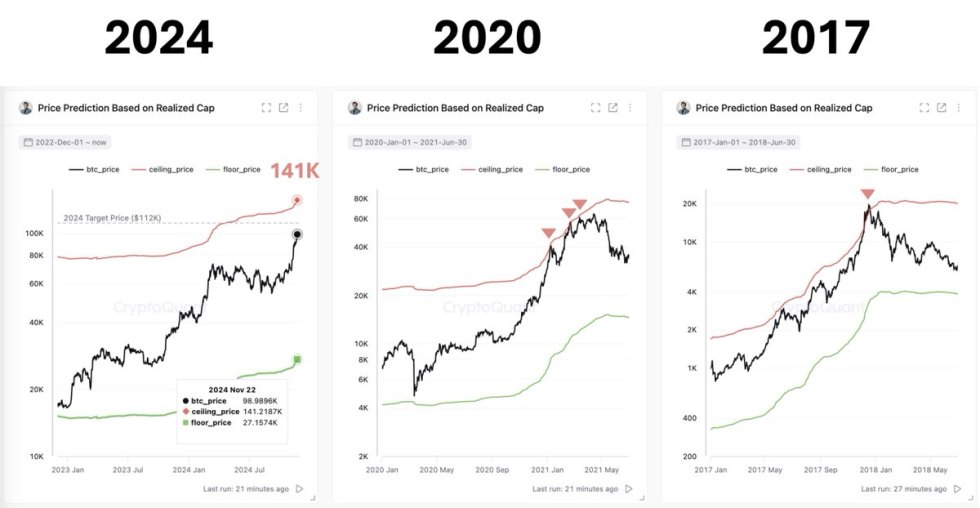
Bitcoin dominance is a largely redundant metric — if you believe BTC and crypto “altcoins” should be in the same category at all, that is.
Bitcoin’s (BTC) market dominance has traditionally been viewed as a key indicator of its market strength. Currently, the metric is at a multiyear high above 51%.

However, a closer analysis suggests that the concept of “Bitcoin dominance” might not be as informative as it seems, especially when considering the broader dynamics of the cryptocurrency market.
Dominance: A misleading BTC indicator?
“Bitcoin dominance” refers to BTC’s share of the total market capitalization of all cryptocurrencies. While on the surface, it seems to reflect Bitcoin’s market strength, this metric largely represents the trading activity between Bitcoin and Ether (ETH), the second-biggest cryptocurrency and the largest altcoin by market cap.
This dynamic can distort the perceived dominance of Bitcoin, especially when major shifts occur within the ETH/BTC trading pair.
Related: Ethereum losing streak vs. Bitcoin hits 15 months — Can ETH price reverse course?
That said, ETH’s “dominance” or share of the crypto market has remained relatively stable for the past few years at around 17% — while the seemingly inverse relationship between BTC dominance and ETH/BTC is clearly visible in the chart below.

The role of stablecoins and “sidelined” capital
Adding complexity to the interpretation of Bitcoin’s dominance is the role of stablecoins like Tether (USDT), the second-biggest “altcoin” by market dominance at around 6.3% as of Nov. 22.
USDT’s market cap growth is often not a direct result of cryptocurrency market activity but rather an influx of what can be termed “sidelined” capital — funds that are essentially in dollars and often waiting to enter the market sooner or later.
Therefore, the increasing market cap of stablecoins like USDT doesn’t necessarily reflect an investment in cryptocurrencies but rather the preparedness of investors to engage or hedge their crypto exposure.
Meanwhile, the share of everything else that’s not BTC, ETH or USDT is only at around 25%, falling from multiyear highs of 35% in 2022.
Bitcoin “strength” or Ethereum market dynamics?
Throughout 2023, the narrative of Bitcoin’s dominance has fluctuated. While it appeared to regain dominance early in the year, this was more reflective of the ETH/BTC trading dynamics rather than an aggregate market movement.
Similarly, moments when Bitcoin’s dominance appeared to wane — as seen with the Shapella upgrade impacting ETH prices — were more indicative of Ethereum’s market movements rather than a decrease in Bitcoin’s overall market “strength.”
Ultimately, the dominance chart may not be the definitive metric for understanding Bitcoin’s position in the market. Swayed heavily by the ETH/BTC trading pair, and synthetic dollars, it offers a narrow view of the market.
It’s important to consider a more nuanced approach to market metrics that encompasses the multifaceted nature of cryptocurrency investments and movements.
This article does not contain investment advice or recommendations. Every investment and trading move involves risk, and readers should conduct their own research when making a decision.

You can get bonuses upto $100 FREE BONUS when you:
💰 Install these recommended apps:
💲 SocialGood - 100% Crypto Back on Everyday Shopping
💲 xPortal - The DeFi For The Next Billion
💲 CryptoTab Browser - Lightweight, fast, and ready to mine!
💰 Register on these recommended exchanges:
🟡 Binance🟡 Bitfinex🟡 Bitmart🟡 Bittrex🟡 Bitget
🟡 CoinEx🟡 Crypto.com🟡 Gate.io🟡 Huobi🟡 Kucoin.




















Comments